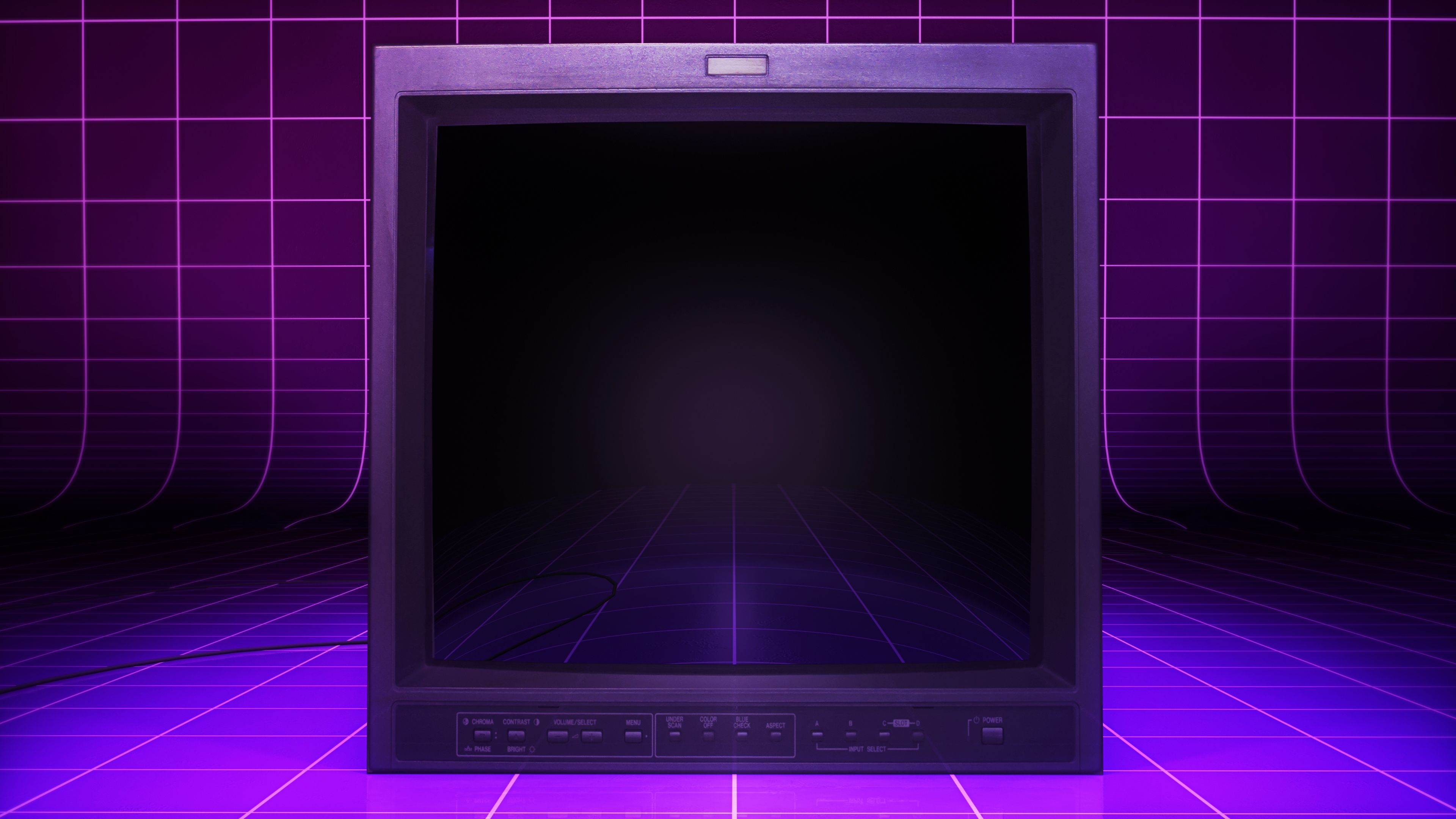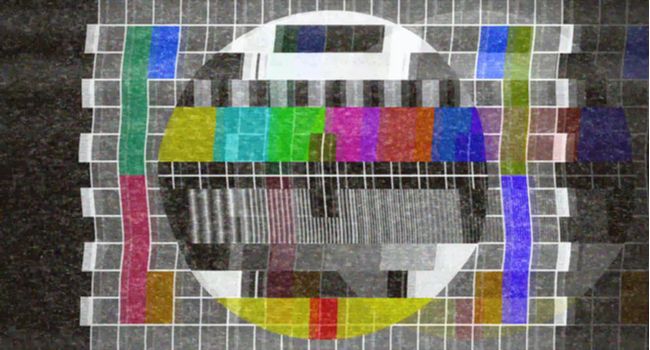Quick Links
CRT (Cathode Ray Tube) displays have several major advantages over modern flat-panel screens, making them popular among certain gamers. Within the hallowed halls of CRT fandom, the PVM (Professional Video Monitor) is the holy grail of retro image quality.
CRTs Are Still Amazing
Without getting into the weeds of technical details, a CRT draws an image on the back of a phosphor-coated screen using a scanning energy beam. Unlike a flat panel display, CRTs don't have physical pixels. So the concept of "native resolution" doesn't apply here. No image scaling has to happen, the CRT simply draws a grid of pixels at the correct resolution, limited by how fine the energy beam can make them.
CRTs offer motion clarity, contrast ratios, response times, and refresh rates that mainstream flat panels are incapable of and that high-end OLED and mini-LED sets are only now approaching. That being said, CRTs are heavy, power-hungry, offer small screen sizes, and don't support very high resolutions.
Overall, modern flat panels are a far better choice for the majority of users. Fans of retro gaming, however, favor CRTs both for their inherent image quality advantages and the fact that their games and consoles were designed for CRT technology. Game developers from those eras took how CRT technology works into account and often used that to their advantage. Those CRT-specific effects are either lost on modern flat-panel screens, or they are imperfectly emulated with digital "CRT filters" effects. Not to mention you often need extra gear to connect to older devices.
PVMs Take CRTs to the Next Level
PVM CRTs are screens built for professional use. You'd find them in hospitals, video editing suites, graphic design studios, and other places where image quality was of high importance. PVMs generally have a higher resolution display, with as many as 1000 horizontal lines in high-end models. You can tell by eye that PVMs have few or no visible scanlines that are typical of consumer CRT technology. PVMs also usually have better quality phosphorescent material, offering an image with better brightness and color.
Of course, just like any product all PVMs and BVMs (Broadcast Video Monitors) are not made equal. Retro gamers have a number of specific models that are highly regarded, such as the Sony PVM 20L5.
Those specs are certainly great reasons to have a PVM for retro gaming, but raw image quality isn't the main reason these screens are so sought after. What's really important is the range of connectors and signal standards these monitors can handle. In North America in particular, consumer CRT TVs generally came with Composite or S-Video inputs.
These are not the best quality connections to get the most out of a retro console. European gamers had access to SCART connectors making high-quality RGB (Red/Green/Blue) connections possible even on home TVs. That's not the case for US retro enthusiasts, who have to turn to PVMs to experience the significantly superior image quality those connections offer.
Finally, PVMs are meant to withstand the stresses of professional use, so a used PVM likely has more life left in it than a used consumer CRT. Of course, that will depend on the individual history of each unit.
PVMs Have Drawbacks
Since PVMs were never meant for home users, they have a number of drawbacks. First of all, they are considerably more expensive than consumer CRTs. Second, they are very functional in design and interface and may require more advanced knowledge to calibrate and operate.
PVMs generally come in smaller sizes than consumer CRTs, so they aren't suitable for couch-based setups, faring better on a desk. Many PVMs don't handle audio at all, so you'll need a separate audio solution if you want to hear anything.
Get 'Em While They're Hot
Obviously, PVMs were never as abundant as regular CRTs. Even today, you can easily find a CRT TV for free from people who simply want to get rid of a bulky eyesore. Even if you can only find a Composite or S-Video CRT for free or cheap, it's still a better way to play consoles that predate the HDMI era than a flat panel TV.
This makes PVMs naturally scarce, and so prices for use models can be rather high. Especially if you're buying from someone who knows what they have.
If you're interested, it's a good idea to spend time watching retro video game reviews of the various PVMs that are floating around the second-hand market. That way, you know which models are particularly appealing to your budget and needs.


